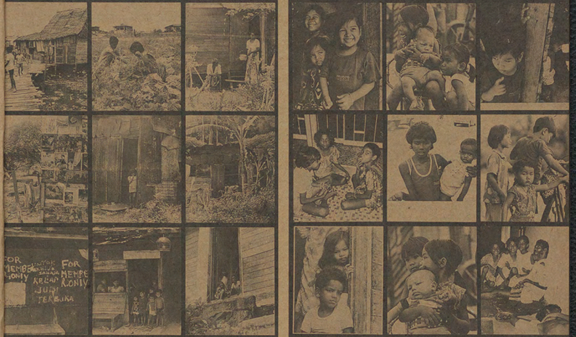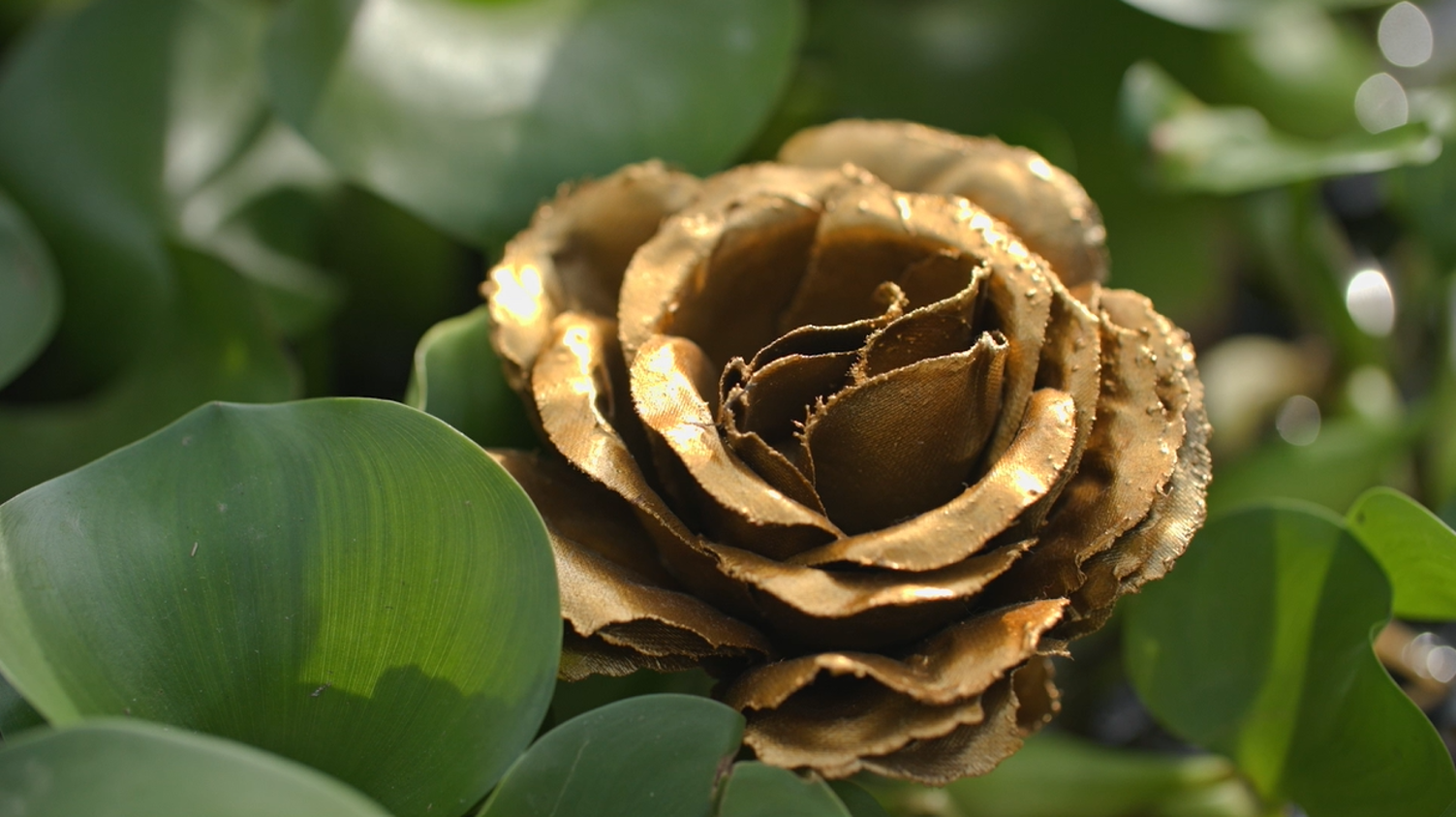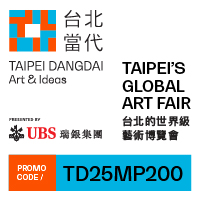New Online Course on Art and the Environment in Southeast Asia
By National Gallery Singapore

Photographic documentation of Save the Forest at Epping Forest. Digitised by National Gallery Singapore Library & Archive with kind permission from TANG DA WU.
National Gallery Singapore presents the first of a three-part online course Art and the Environment in Southeast Asia. Developed by a team of curators and educators, the courses explore how artists in the region have engaged with multifaceted conceptions of the environment from the 19th century to the present. Learners can enrol anytime for free.
The first part of the course, titled Environment as Contested Space spans six weeks and looks into how Southeast Asian artists of the 1970s engaged with the environment—both natural and built—as a space for contestation. It features prominent artists in the region, including Nirmala Dutt (Malaysia), Santiago Bose (The Philippines), Siti Adiyati (Indonesia), and Tang Da Wu (Singapore). Through their works, these artists addressed pressing issues such as environmental degradation, urban poverty, and social inequality.

Detail of NIRMALA DUTT, Kenyataan II (Statement) II (Impressions of Life in Squatter Areas), 1975, photographic essay, 90 × 80 cm x 2 pcs. Collection of the Estate of Nirmala Dutt.

Detail of SITI ADIYATI, Eceng Gondok Berbunga Emas (Water Hyacinth with Golden Roses), 1979, remade in 2017, 2019 and 2024, pond, water hyacinths and plastic flowers, dimensions variable. Collection of the artist.
Included in the course, is an in-depth examination of the works of Indonesian artist Siti Adiyati, focusing on her concerns about economic and social inequalities resulting from government policies during the New Order regime in Indonesia. Through her notable installation piece Eceng Gondok Berbunga Emas (Water Hyacinth with Golden Roses) and the utilisation of vernacular objects in her works, the section encourages learners to reflect on how art can reveal the values that a society holds.

Tang Da Wu holding onto a piece of soil which he calls the "humble earth".
“Yes, the soil here is fascinating. I collected the soil and learned from it. I buried myself in mud. I worked inside the gullies. I enjoyed the experiences.” — From an interview between Curator Tamares Goh and Tang Da Wu, published in Earth Work 1979, National Gallery Singapore, 2016.
A later section features pioneering Singaporean artist Tang Da Wu, a leading figure in the Singaporean contemporary art scene who challenged conventions of art in Singapore at the time. Providing insights into Tang’s artistic and philosophical evolution over his decades-long practice, the course expands on his works Earth Work and Tiger’s Whip that critiqued the exploitation of land and animals through site-specific performativity.

Curator Goh Sze Ying (left) and art historian Patrick Flores (right) sitting in front of SANTIAGO BOSE’s Drown My Soul at Chico River (Bury My Soul in Chico River), 1981, pearlite, wood, aluminium tubes, wire mesh and acrylic paint, 124 × 122 cm. Collection of National Gallery Singapore. This acquisition was made possible with donations to the Art Adoption & Acquisition Programme.
Learners can expect to encounter and analyse compelling artworks, hear directly from artists and experts through exclusive, in-depth interviews, and explore rich scholarly resources that enhance their understanding of how these artistic explorations and expressions intersected with the sociopolitical landscape of their time. In discussion forums, learners can foster connections with each other and reflect on how these issues continue to resonate powerfully in and beyond Southeast Asia.
Art and the Environment in Southeast Asia: Environment as Contested Space is now available online for free, sign up here.
Featuring:
Nirmala Dutt (Artist), Santiago Bose (Artist), Siti Adiyati (Artist), Tang Da Wu (Artist), Beverly Yong (Director, Rogue Art), Professor Kwok Kian Woon (Vice-Chancellor, University of the Arts Singapore), Lina Adam (Artist), Dr Woon Tien Wei (Artist), Goh Sze Ying (Curator, National Gallery Singapore), Erica Lai (Assistant Director, Curatorial Programmes, National Gallery Singapore), Professor Patrick Flores (Deputy Director, Curatorial & Research, National Gallery Singapore) and Dr Seng Yu Jin (Director, Curatorial & Exhibitions, National Gallery Singapore).
About National Gallery Singapore
National Gallery Singapore is a visual arts institution which oversees the world’s largest public collection of Singapore and Southeast Asian modern art. As part of our commitment to fostering global conversations around regional art, we are the first national arts institution in the region to offer online courses on Southeast Asian art. For more information on National Gallery Singapore, visit https://www.nationalgallery.sg/.

* This post is presented by National Gallery Singapore.






